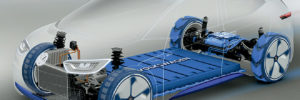Episode 114.
Source: Electric Vehicle News
Tesla And Samsung Reportedly Sign $4B Camera Module Supply Deal
A report from Korea claims Samsung Electro-Mechanics will supply 80% of camera modules used by Tesla on all its models.
Source: Electric Vehicle News
Belgian startup raises €10-million, plans to bring solid-state battery to market
SOLiTHOR, a spin-off company from the Belgian research organization Imec, recently raised €10 million in a seed investment round led by Imec. The company will use the proceeds to develop and commercialize its solid-state battery cell technology.
Imec has been investing in solid-state battery tech for 10 years, and aims to enable an assembly process that is compatible with existing Li-ion battery production lines.
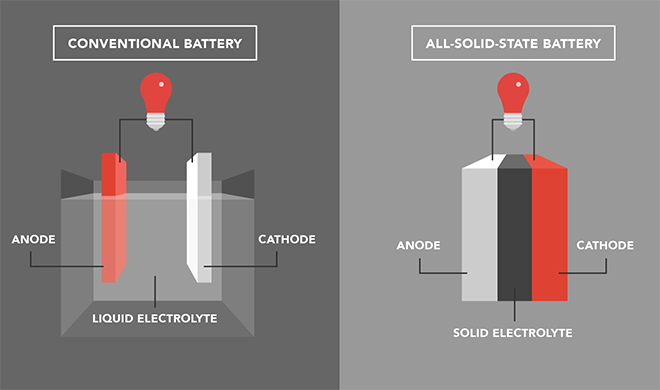
SOLiTHOR’s team of international scientists is based at Leuven and the Energyville innovation hub in Genk, Belgium, where it has a pilot battery production line.
“SOLiTHOR’s technology is unique and is based on breakthrough chemistry and components—the nano-solid composite electrolyte and the nano-anode,” said Huw Hampson-Jones, founder and CEO of SOLiTHOR. “This revolutionary technology will improve energy density [and] charging speeds, increase safety, [and] be far easier to manufacture than other solid-state batteries.”
Source: Imec
Source: Electric Vehicles Magazine
Watch Tesla Assemble New 4680 Cells: It's Soothing And Captivating
One could argue that this mesmerizing video needs an appropriate soundtrack. Any ideas?
Source: Electric Vehicle News
White House proposes standards for national charging network
The Bipartisan Infrastructure Law authorized $7.5 billion of investment in EV charging infrastructure, which the Biden Administration says will be used to build a national network of 500,000 public chargers. Over the last year, the government has been developing a plan (complete with the usual alphabet soup of working groups and programs) to distribute that money.
Now the Department of Transportation, together with the Department of Energy, has issued a Notice of Proposed Rulemaking (NPRM) that details the proposed minimum standards for chargers that will be financed under the BIL.
Companies seeking federal funding to deploy charging stations will have to meet the standards, and states will use them to develop their EV deployment plans under the $5-billion National Electric Vehicle Infrastructure Formula Program.
“These minimum standards will help ensure our national EV charging network is user-friendly, reliable, and accessible to all Americans, and interoperable between different charging companies, with similar payment systems, pricing information, charging speeds, and more,” wrote the DOT in a press release. “No matter what kind of EV a user drives, what state they charge in, or what charging company they plug into, the minimum standards will ensure a unified network of chargers.”
“If we’re going to build out infrastructure like we haven’t done since the Eisenhower era, we have to do it right,” said Energy Secretary Jennifer Granholm.
Some of the proposed regulations are designed to ensure that rural areas and smaller communities would have the same access to charging stations as urban areas. Charging stations must be positioned along Interstates every 50 miles, and be located no more than a mile from a major highway. Each charging station would be required to provide a minimum of four individual DC fast chargers.
Charging stations built with federal dollars will be barred from requiring paid memberships, and networks will have to offer mobile apps to provide real-time information about pricing and availability.
“EV drivers should be able to count on finding a place to recharge easily wherever they go,” said Transportation Secretary Pete Buttigieg.
Other proposed requirements aim to create a seamless national network that will communicate and operate on the same software platforms from one state to another; address traffic control devices and on-premise signage; require data to be submitted to help create a public EV charging database; and require network connectivity to enable remote monitoring, diagnostics and updates.
The administration says its internal modeling indicates that the $7.5 billion allocated by the infrastructure law should be sufficient to meet the goal of building 500,000 charging stations across the country by 2030.
Sources: White House, DOT, New York Times, Electrek
Source: Electric Vehicles Magazine
VW to replace MEB and PPE electric platforms with new Scalable Systems Platform
Volkswagen plans to introduce a new EV, the ID.4 sedan, which is expected to go into production in 2026, and will be built on a new platform.
VW’s new Scalable Systems Platform (SSP) is a skateboard-style architecture that Volkswagen Group Chairman Herbert Diess says will replace the existing Modularen Elektrik Baukasten (MEB) structure as well as both the J1 and Premium Platform Electric (PPE) platforms developed by Audi and Porsche.
Other VW brands, including Lamborghini, SEAT, Škoda and International Scout, will also use the new platform.
“The next generation of our hardware platforms will allow us to reduce complexity over time, as we will consolidate our existing platform to one architecture for the entire e-product portfolio, from entry-level to top-of-the-range, from 85 to 850 kW,” Diess said.
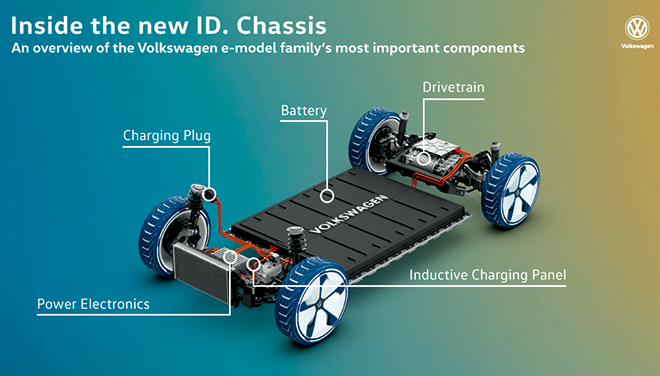
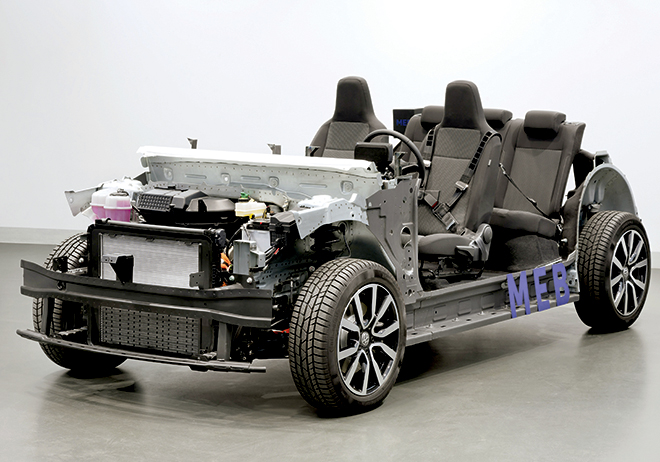
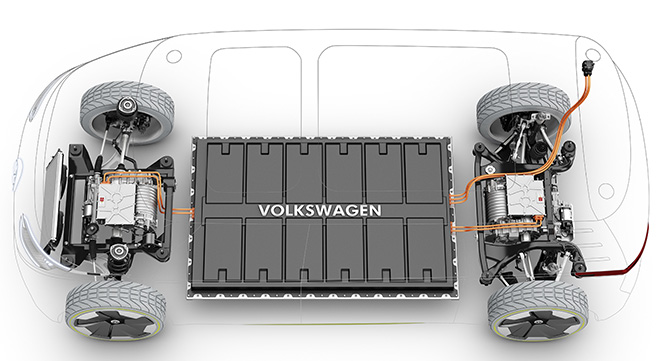
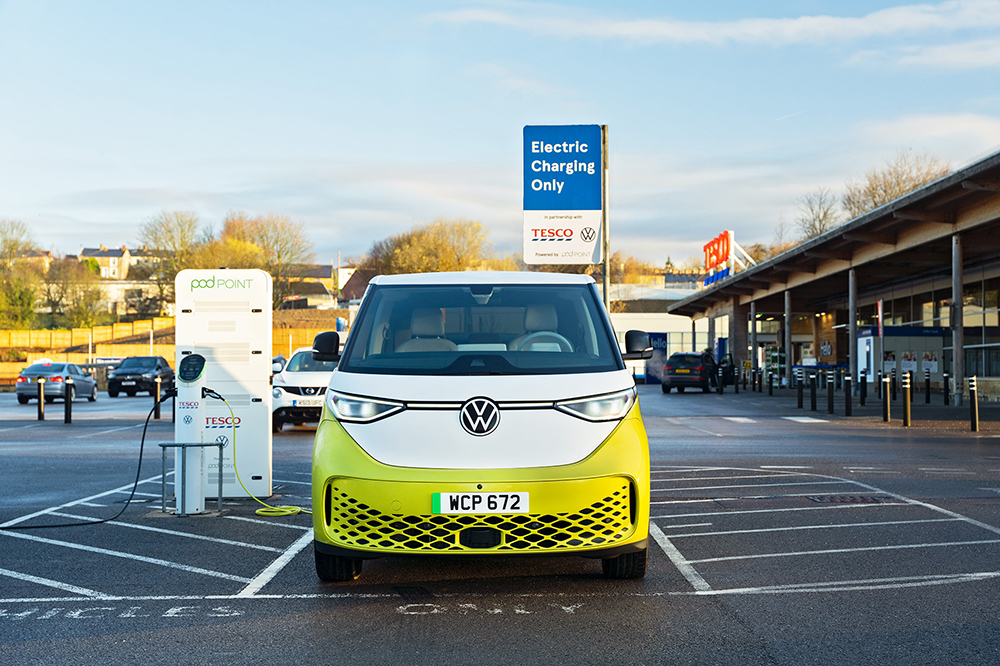
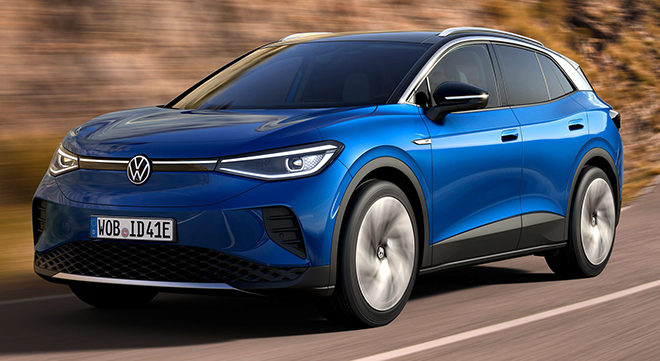
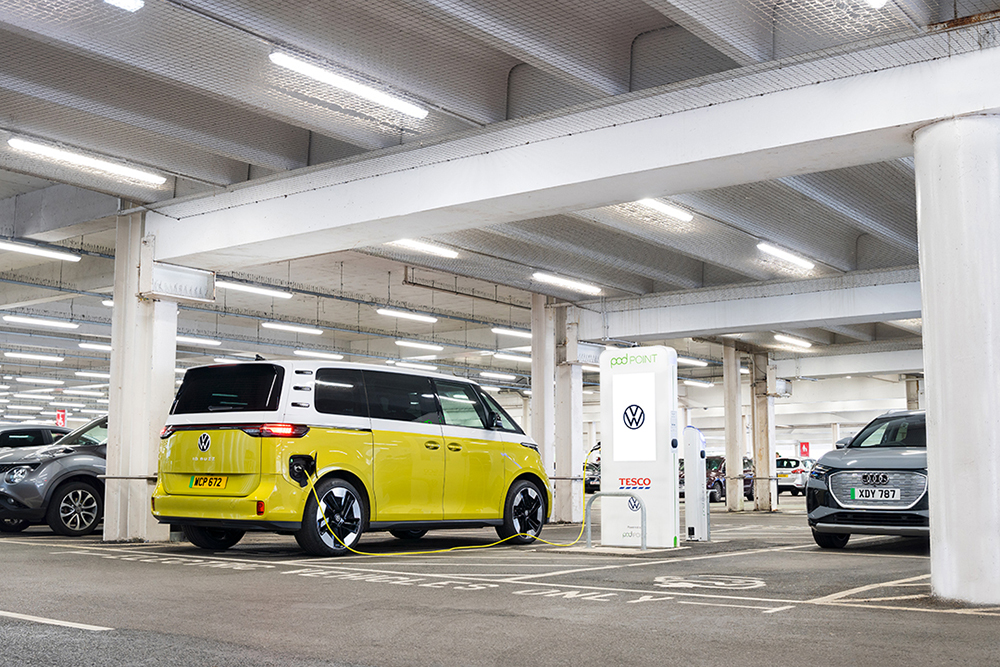
The MEB platform used by VW’s existing ID. models uses a 400 V architecture, but the SSP will be able to support systems at up to 800 V. This will enable the new ID.4 sedan to offer a much higher charging capacity than the ID.4 crossover’s current 135 kW.
Volkswagen is also instituting a new product development process aimed at bringing new EVs to market much faster. “We’re reducing development time by 25%,” says Thomas Ulbrich, Volkswagen’s head of R&D. “Future projects will be completed in 40 months from the point at which the basic software architecture is in place, instead of the 54 months we have today.”
At the center of Volkswagen’s new development process, which will be used on all upcoming ID. models, is a new upgradable software architecture called VW.OS.
“The car is increasingly becoming an electrically-driven software product. Its development process must also evolve, software first rather than hardware first,” says Ulbrich.
Source: Wards Auto
Source: Electric Vehicles Magazine
Volkswagen Adds ID.4 Pro 4Motion As Sub-GTX AWD Variant
Its dual-motor setup provides 261 horsepower, allowing it to tow more than the rear-wheel drive version.
Source: Electric Vehicle News
Tesla Model Y with new 4680 cells shows impressive potential for faster charging

Early experiences with the new Tesla Model Y with 4680 cells and a structural battery pack are showing some impressive potential for faster charging and better energy density.
The post Tesla Model Y with new 4680 cells shows impressive potential for faster charging appeared first on Electrek.
Source: Charge Forward
NHTSA Expands Tesla Autopilot-Related Investigation To 830K Cars
NHTSA aims to learn if and how Autopilot impacted the driver’s awareness and the events leading to the accidents.
Source: Electric Vehicle News
Tesla's Elon Musk Changes Course: Warns Of Huge Delivery Wave Ahead
Late last year, Musk said it was time to relax these ridiculous end-of-quarter delivery waves, but now it’s time to play catch up.
Source: Electric Vehicle News



